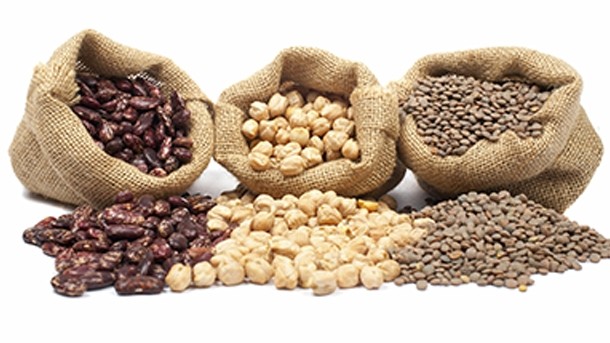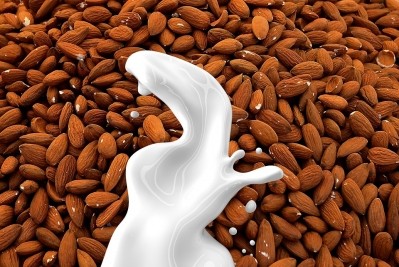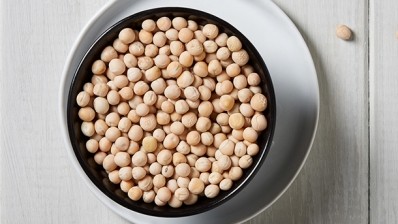Global demand for alternative proteins set to soar

The market for alternative proteins – those beyond fish and meat – will grow 14% annually to reach 37.8Mt by 2024, the Lux Research report said.
Developers will race to explore new sources and create new formulations to mitigate the negative environmental impact of the existing protein supply chain, as total protein demand will soar to 943.5Mt in 2054, the report claimed. Global protein consumption was 473.12Mt in 2014.
Based on their nutritional content and commercial value, soybean, pea and oat have emerged as the dominant plant sources.
Next-generation leaders
Meanwhile, lupin, chickpea, fava bean, flaxseed, cottonseed and hempseed are high-potential next-generation leaders, with most hobbled for now by high cost, low availability or both, according to the ‘Finding a Winning Formula for Alternative Proteins’ report.
Technology was key to improving protein flavour, creating new products and enabling protein to be added to existing products, it added.
The report also acknowledged that alternative protein sources were at an early stage of development, and required innovation to succeed.
Important areas of advancement included crop genetics to enhance quality and yield, and novel chemical and processing approaches to deliver ingredients that enhance flavours.
Formulation was also key to market success, as seen in the rise of plant-based milk options. These products attracted an increasing number of consumers, but needed to be formulated properly to deliver the taste and feel they expect.
‘Meeting global protein demand’
“Alternative proteins will play a crucial role in meeting global protein demand. They represent a lucrative opportunity to address unmet needs in this space,” said Joice Pranata, Lux Research associate and co-author of the report.
However, nutrition quality and commercialisation factors aside, the report found that the ability to formulate protein – from whatever source – remained a challenge.
Crops that may appear as ideal for protein sourcing may suffer from severe formulation hurdles that impede mainstream adoption.
For example, pea protein isolates suffer from poor solubility and can have a strong ‘beany’ taste, the report said.
These factors, among others, limit the incorporation of pea protein into diverse food forms.















